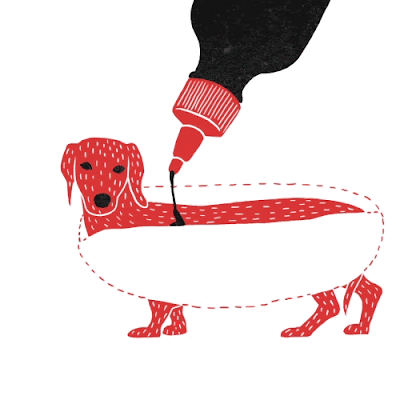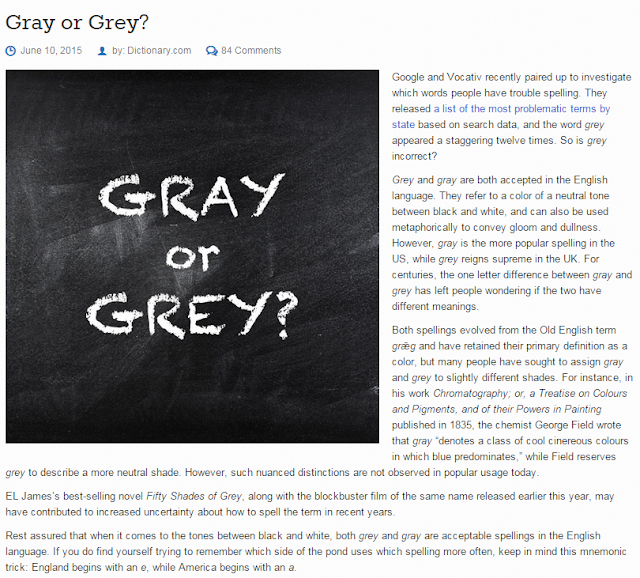Hello Kitty
Sanrio, the Japanese company that defines cute, is 50 years old. Its products include Hello Kitty.
NPR's Mandalit del Barco reports that a new generation of artists is reinterpreting Sanrio's images.
MANDALIT DEL BARCO: There's just something about the simple, yet classic Hello Kitty.
Ms. CICI CORTES: Meow.
DEL BARCO: Just ask five-year-old Cici Cortes about the sweet cartoon character, a Japanese bobtail cat短毛貓 who loves baking cookies and was a UNICEF ambassador.
Ms. CORTES: She has bows in her hair, she wears cute clothes and she has cute little whiskers. She doesn't have a mouth.
DEL BARCO: So she can't talk to you.
Ms. CORTES: Meow, meow, meow.
DEL BARCO: Hello Kitty is the most recognizable of Sanrio's marketing sensations. Since 1974, her image has adorned everything from small plastic coin purses and pencils, to toaster ovens and TV's, with the sunny philosophy that small gifts create big smiles. But she's not just for young girls. There's no official Hello Kitty motor oil, Hello Kitty wine, a Hello Kitty Smart Car, and even a Hello Kitty adult toy.
Mr. KEN BELSON (Journalist, The New York Times): It's a little battery operated thing, it's a personal massager, and they see it as a very innocent product meant for, you know, tired muscles and elbows and shoulders and stuff.
DEL BARCO: New York Times writer Ken Belson is author of a book about Hello Kitty's global brand. He says Sanrio has lasted for half a century with a winning formula: getting generations hooked on cute even while unintentionally creating kitsch.俗氣的東西
Mr. BELSON: Because it's so pure, it's become sickly and a kind of a pendant of mass consumerism that people have come to hate. That's not something the company would ever want to admit or even promote, but it's taken on a second life of its own, and actually, nine extra lives.
DEL BARCO: In 1960, Japanese World War II survivor Shintaro Tsuji started Sanrio, first to sell silk and beach sandals. Now the company hosts two theme parks and rakes in賺進 about $50 billion a year, thanks in part, to its unique collaborations - that includes fashion designers and artists.
(Soundbite of music)
DEL BARCO: In Los Angeles, Sanrio celebrated its 50th anniversary with a "Kitty in Pink" retro-80's prom party, a carnival, and an art exhibition.
Ms. JANET HSU (President, Sanrio Incorporated): Hello Kitty, as well as all the Sanrio characters, has almost been muses for the artists.
DEL BARCO: Janet Hsu, the president of Sanrio Incorporated, shows us paintings, knitted artwork and a jellybean mosaic. One installation, called the Hello Kitty Fight Club, features a sculptured kitty with a black eye and broken paw.
Here we have Hello Kitty, looks like she bleeding pink from her head.
Ms. HSU: Yeah. You see little splatterings of blood. Our characters are very Zen-like and they're pretty much canvasses for everyone to interpret; whether it’s a fan, whether it’s an artist.
Cartoonist and designer Paul Frank, best known for his character Julius the Monkey, paid homage to Sanrio's frog, Keroppi, in vinyl.塑膠 黑膠
Mr. PAUL FRANK (Cartoonist; Designer) It just makes you happy.
DEL BARCO: Frank says he and his wife love Sanrio so much, they have a Hello Kitty baby grand piano at home.
Mr. FRANK: I remember in the 70's, my mom would take my sister and I to the Sanrio store, and I remember just sniffing erasers.
DEL BARCO: Costume designer Jason Alpert has outfitted the outrageous characters Ali G., Borat and Bruno. And for Sanrio's anniversary, he painted a mockup of a masterpiece.
Mr. JASON ALPERT (Costume designer): I've recreated The Last Supper, replacing Jesus and his disciples with my favorite Hello Kitty characters. I've called it "Pass the Ketchup." It just looked like just more fun, and you know the whole thing is, Hello Kitty is fun.
DEL BARCO: Jason Alpert's Last Supper will be on display, with other artistic Sanrio renderings, at the prestigious Art Basel show in Miami this weekend.
Mandalit del Barco, NPR News.










留言
張貼留言